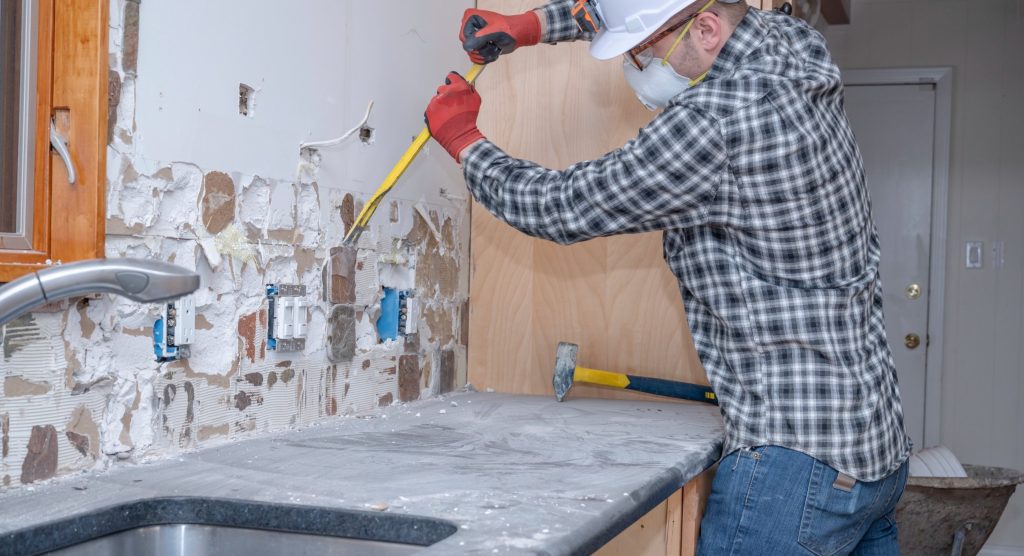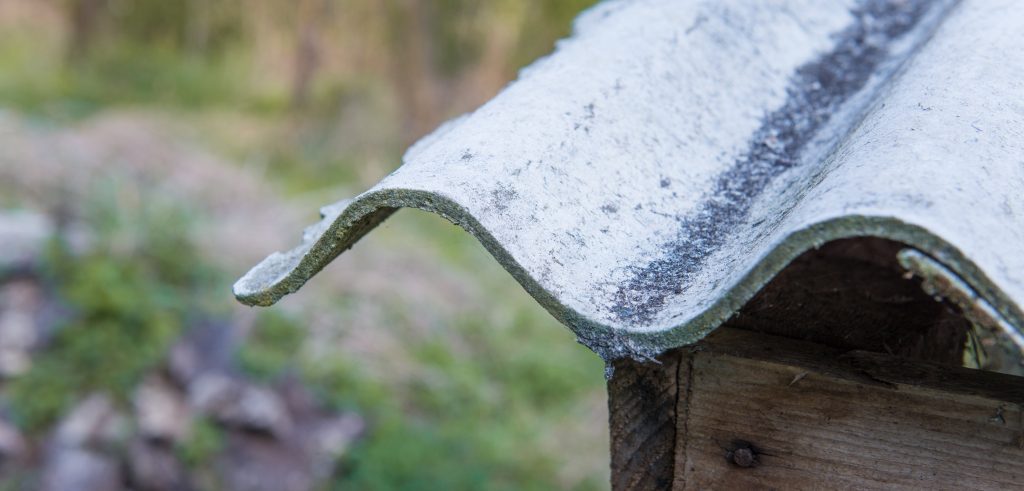
Are you planning to demolish a building in Salt Lake City? Before you start tearing down walls and disposing of debris, there’s a critical step you can’t afford to skip: professional asbestos inspection. At Asbestos Abatement Services, we’ve seen firsthand the risks of overlooking this crucial safety measure.
The Lurking Threat in Older Structures
Many buildings constructed before the 1980s contain asbestos, a once-popular building material now known for its severe health risks. When disturbed during demolition, asbestos fibers can become airborne, posing serious health hazards to workers and nearby residents. This invisible threat can lead to devastating long-term health consequences, including lung cancer and mesothelioma.
Why DIY Asbestos Detection Isn’t Enough
While you might be tempted to identify asbestos yourself, this is a job best left to professionals. Asbestos can be present in various forms and locations within a building, often hidden from the untrained eye. Our certified inspectors at Asbestos Abatement Services use specialized equipment and techniques to detect asbestos in all its forms, ensuring no hazardous materials are overlooked.
The Legal and Financial Implications
Failing to properly inspect for and remove asbestos before demolition isn’t just a health risk – it’s also a legal and financial liability. In Salt Lake City and throughout Utah, there are strict regulations governing asbestos handling and disposal. Violating these rules can result in hefty fines and legal consequences. By hiring a professional for asbestos testing and inspections, you’re protecting not just your health, but also your wallet.
Comprehensive Asbestos Services for Peace of Mind
At Asbestos Abatement Services, we offer comprehensive asbestos management for both residential and commercial buildings in Salt Lake City. Our services include thorough asbestos inspections, testing, and if necessary, safe removal. We ensure that your demolition project complies with all local and federal regulations, giving you peace of mind throughout the process.
Don’t Take Unnecessary Risks – Call the Professionals
Before you proceed with your building demolition project, make the smart choice. Contact Asbestos Abatement Services for a professional asbestos inspection. Our team of experts will ensure that your demolition project is safe, compliant, and free from the dangers of asbestos. Protect yourself, your workers, and your community – let us help you demolish with confidence.












Recent Comments